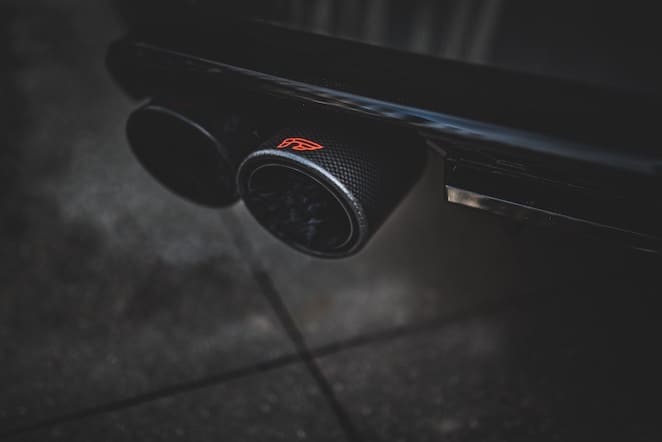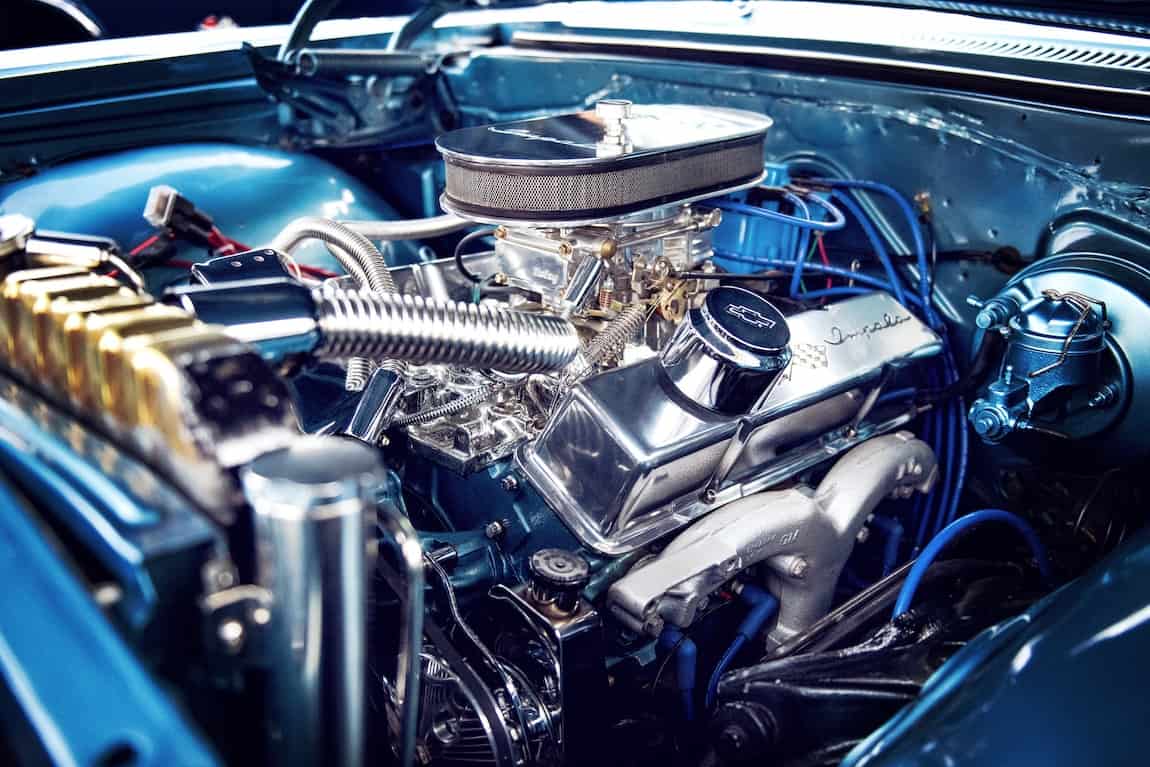The automotive engine is a marvel of engineering. It operates under such extreme conditions that you would think they’d break down far more than they actually do. The pistons expand when the vehicle reaches operating temperature and are not far away from melting. The combustion process is explosive and sends the pistons rocketing at lightning paces to achieve over 7000 revolutions per minute in some vehicles. If your vehicle is suffering from performance problems, you may find that any of the 7 symptoms detailed below are signs of a faulty engine.
#1: Loss of Power
If your vehicle feels like it is chugging and hardly able to make it a hill, it may have basic timing issues. It is rare for an engine to fail overnight from general wear and tear. However, the timing belt is just a thin strip of rubber that keeps the timing of the valves in the cylinder head and the pistons in the block in perfect synch. If the timing belt slips even a half a tooth, the performance of the engine can be severely limited.
One way to check this is a compression test followed by visual inspection of the belt to see if all the markings line up. If the timing belt slips more than a tooth, it can damage the valves and pistons because they will smash into each other. You can’t have the pistons up while the valves are down. The timing belt ensures that everything is sealing properly and precisely timed. If you notice any issues with the timing belt, it might be time for a timing belt replacement audi, or any other car.
#2: Blue/Gray Exhaust Smoke
One sign that your engine is due for a rebuild is bluish-gray exhaust smoke. If you see a bluish-gray exhaust smoke, this means that the vehicle is burning oil. This occurs when the oil bypasses the piston rings because they are heavily worn. The oil remains in the combustion chamber and burns up with the fuel during each ignition cycle. This is bad for your catalytic converter and can usually be confirmed with a cylinder compression test.

#3: Valve Chatter
You may actually hear a clicking noise from your valves or other clashing sounds. This indicates that the valve train springs or hydraulic lifters are worn. Some older engine models may be corrected with shims and adjustments. However, most cylinder heads will need a rebuilt when they start to exhibit signs of noise. You can try changing the oil to eliminate chatter or other tricks if the engine does not have very high mileage. These issues can be tricky and may require you to bring in your vehicle to Mechanic Gold Coast for repairs.
#4: High Oil Consumption
You will likely have this issue and the bluish-gray exhaust smoke. Both symptoms indicate blowby of oil making it past worn piston rings. Although it is normal for your engine to consume some oil during ordinary operation due to a factor of volatility, excessive oil consumption can be evidence of high internal engine wear. The easiest way to confirm engine wear is with a compression test. You should first ensure that none of the gaskets are leaking. Some leaks can be subtle because the oil burns onto the engine, exhaust, or other parts before it has a chance to drip.

#5: Shaking at Idle/Rough Running
A telltale sign of a faulty engine is shaking when it idles. An engine should run smoothly and produce minimal vibration at idle. If your engine is running rough this can indicate a fuel management problem or a vacuum leak. Subtle vacuum leaks can occur when the injector seals are bad or the injector rail comes loose. These leaks will fill the interior of the car with an obvious gas smell that may be most noticeable when using the A/C or heat. You may also have problems with misfires and Check Engine light as indications that the engine is in need of some serious troubleshooting and repairs.
#6: No-Start/Hard-Start Issues
If your engine won’t start at all, this can be due to anything from a bad crank sensor or ECU (Engine Control Unit) to a broken timing belt or fouled spark plugs. These issues have to be weighed on a case-by-case basis to determine what is most likely in regard to the overall age and condition of the vehicle. You can also have these problems when the fuel pump is weak, the fuel filter is clogged, or numerous other issues related to the ignition and vacuum.

